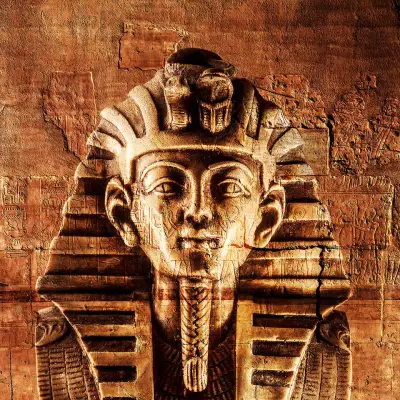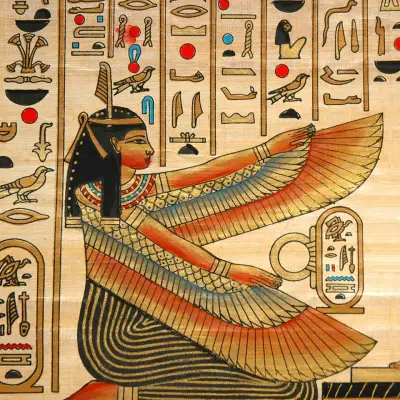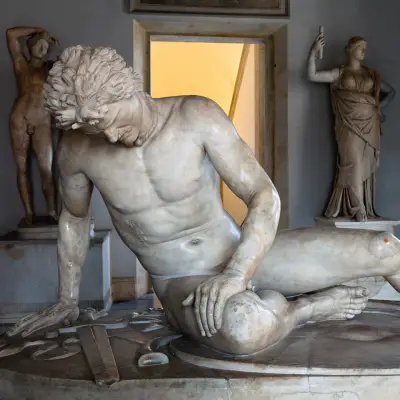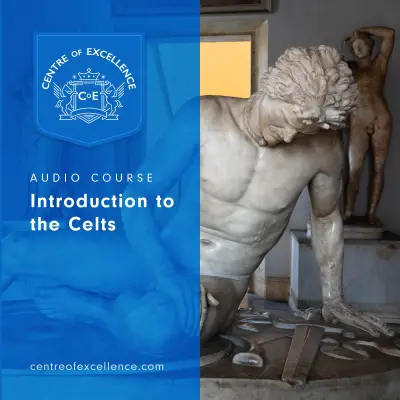If you’re fascinated by stories where love seems to defy the odds, the Pygmalion myth is one you’ll want to explore. This ancient Greek tale tells of a sculptor who creates a statue so beautiful that he falls deeply in love with it.
The story of Pygmalion and Galatea in Greek mythology has inspired plays, books, and even psychological theories. But what does the myth really mean? What are its key themes and symbols? And how does it connect to modern ideas like the Pygmalion Effect?
This article explores the fascinating Pygmalion Greek myth, explaining its origins, deeper meanings, and lasting significance.
Jump to:
- Who Was Pygmalion in Greek Mythology?
- The Story of Pygmalion and Galatea
- What is the Meaning of the Pygmalion Myth?
- The Pygmalion Effect: A Modern Interpretation
- Symbols in the Pygmalion Myth
- What Can We Learn from the Pygmalion Myth?
- Pygmalion in Art and Literature
- Frequently Asked Questions About Pygmalion in Greek Mythology
- Study Greek Mythology for £29
Recommended for you!
Best SellersWho Was Pygmalion in Greek Mythology?
Pygmalion was a talented sculptor from Cyprus, known for his extraordinary skill in carving marble statues. Unlike many men of his time, he had no interest in marriage. In fact, according to the myth, Pygmalion had no desire to marry because he saw flaws in real women and preferred his own artistic creations.
This belief led him to carve a statue of his ideal woman. The Galatea statue, as it is often called, was a masterpiece—so lifelike and perfect that Pygmalion found himself deeply enchanted by it. Over time, admiration turned into love, and he began treating the statue as if it were a real woman. He would bring it gifts, dress it in fine clothing, and even kiss it, longing for it to come to life.
The Story of Pygmalion and Galatea
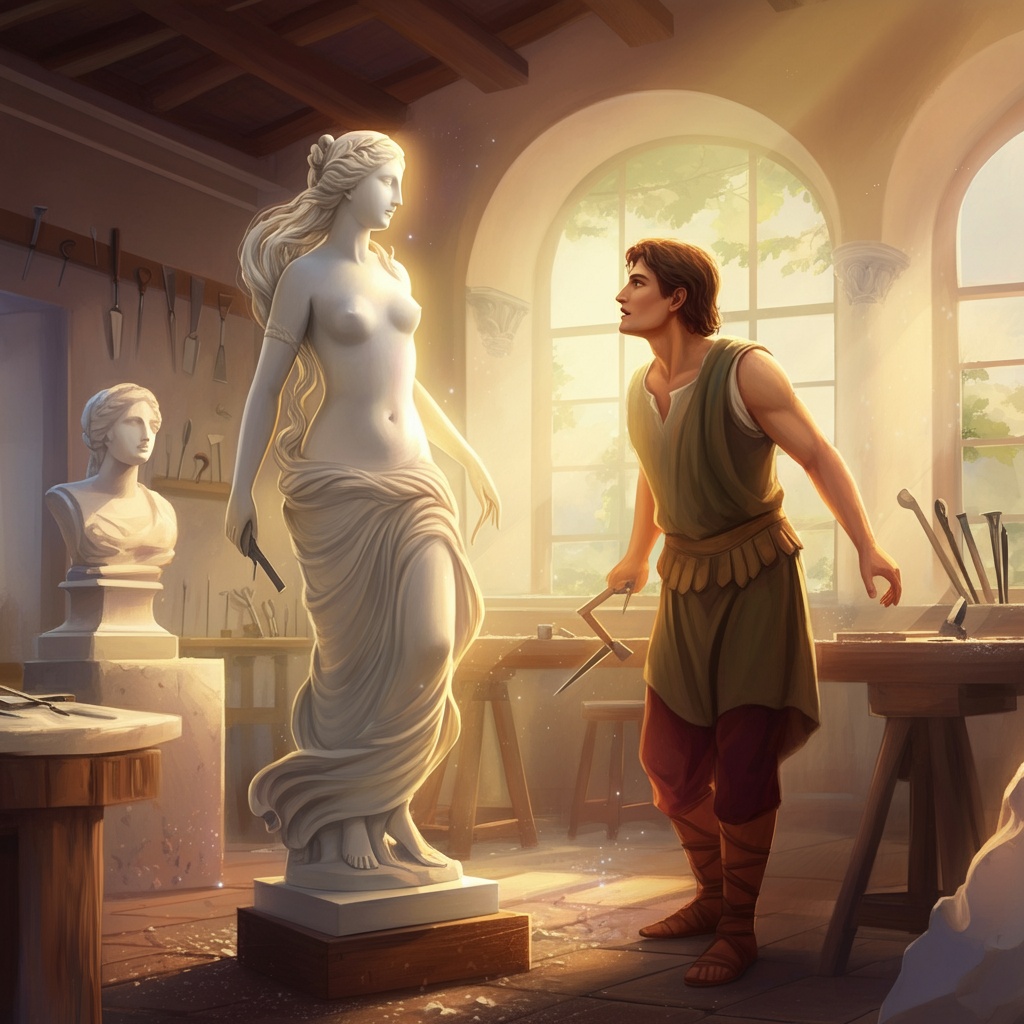
In his longing, Pygmalion turned to Aphrodite, the goddess of love, for help. During a festival in her honour, he made a heartfelt prayer, asking for a wife as perfect as his beloved statue. Aphrodite, moved by his devotion, granted his wish.
When Pygmalion returned home and kissed the statue, something incredible happened—it began to warm under his touch. The hard marble softened into flesh, and the statue came to life. Pygmalion’s love had been answered, and he married Galatea, as she later became known.
According to some versions of the myth, they had a son named Paphos, who would go on to found the city of the same name in Cyprus.
What is the Meaning of the Pygmalion Myth?
The Pygmalion and Galatea story explores themes of love, transformation, and the power of belief. It raises questions about artistic creation and how far human devotion can go. The myth can be interpreted in several ways:
- The Power of Creation – Pygmalion’s deep devotion to his art led him to create something that transcended the boundaries of reality. This can be seen as a reflection of an artist’s relationship with their work.
- Love and Idealism – The story suggests that idealised love can be both powerful and dangerous. Pygmalion fell in love with a version of perfection that did not truly exist, yet he was rewarded for his devotion.
- Divine Intervention – The role of Aphrodite highlights the belief that love and fate are often guided by the Olympian gods in Greek mythology.
The Pygmalion Effect: A Modern Interpretation
The Pygmalion Effect is a psychological theory named after the myth. It suggests that higher expectations lead to improved performance. In other words, if someone believes in you and expects great things, you are more likely to rise to the challenge.
This concept has been widely studied, particularly in education and the workplace. Teachers who expect their students to excel often see better results, and managers who believe in their employees tend to see greater productivity. This links back to the myth, where Pygmalion’s belief in his statue was so strong that it ultimately became real.
Symbols in the Pygmalion Myth
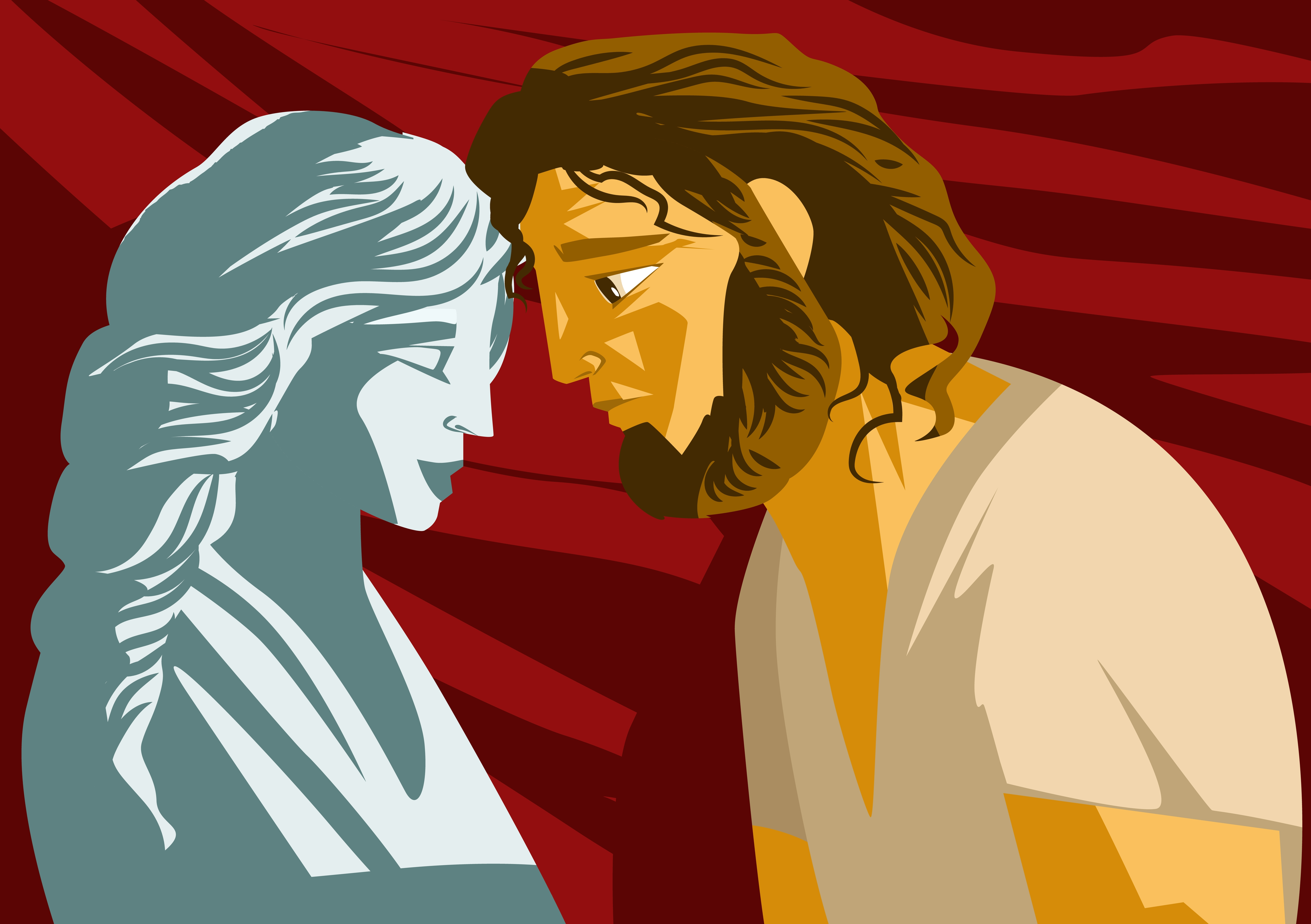
The Pygmalion Greek mythology story is rich with symbolism, many of which still hold meaning today:
- The Statue of Pygmalion – Represents idealism, artistic perfection, and unattainable beauty. It symbolises the pursuit of an ideal, often at the expense of reality.
- Galatea – Symbolises transformation, the power of love, and the idea that devotion can bring something to life.
- Aphrodite’s Role – Represents divine influence over love and destiny. Her intervention suggests that love must be blessed by the gods to flourish.
- Marble Turning to Flesh – Symbolises change, the blurred line between reality and fantasy, and the idea that belief can shape outcomes.
What Can We Learn from the Pygmalion Myth?
This story offers timeless lessons that remain relevant today. It reminds us of the power of belief, whether in ourselves or in others. It also highlights the dangers of idealism, showing that an obsession with perfection can be unrealistic.
In modern discussions, the meaning of the Pygmalion Effect has evolved into something practical. Whether in education, relationships, or personal development, the idea that expectations shape reality is a powerful takeaway from this ancient myth.
The Pygmalion myth continues to inspire literature, theatre, and art, keeping its themes of transformation, idealism, and belief alive in modern storytelling. The tale of a sculptor who falls in love with his own creation resonates across different forms of media, highlighting the power of devotion and the blurred line between art and reality.
Pygmalion in Art and Literature
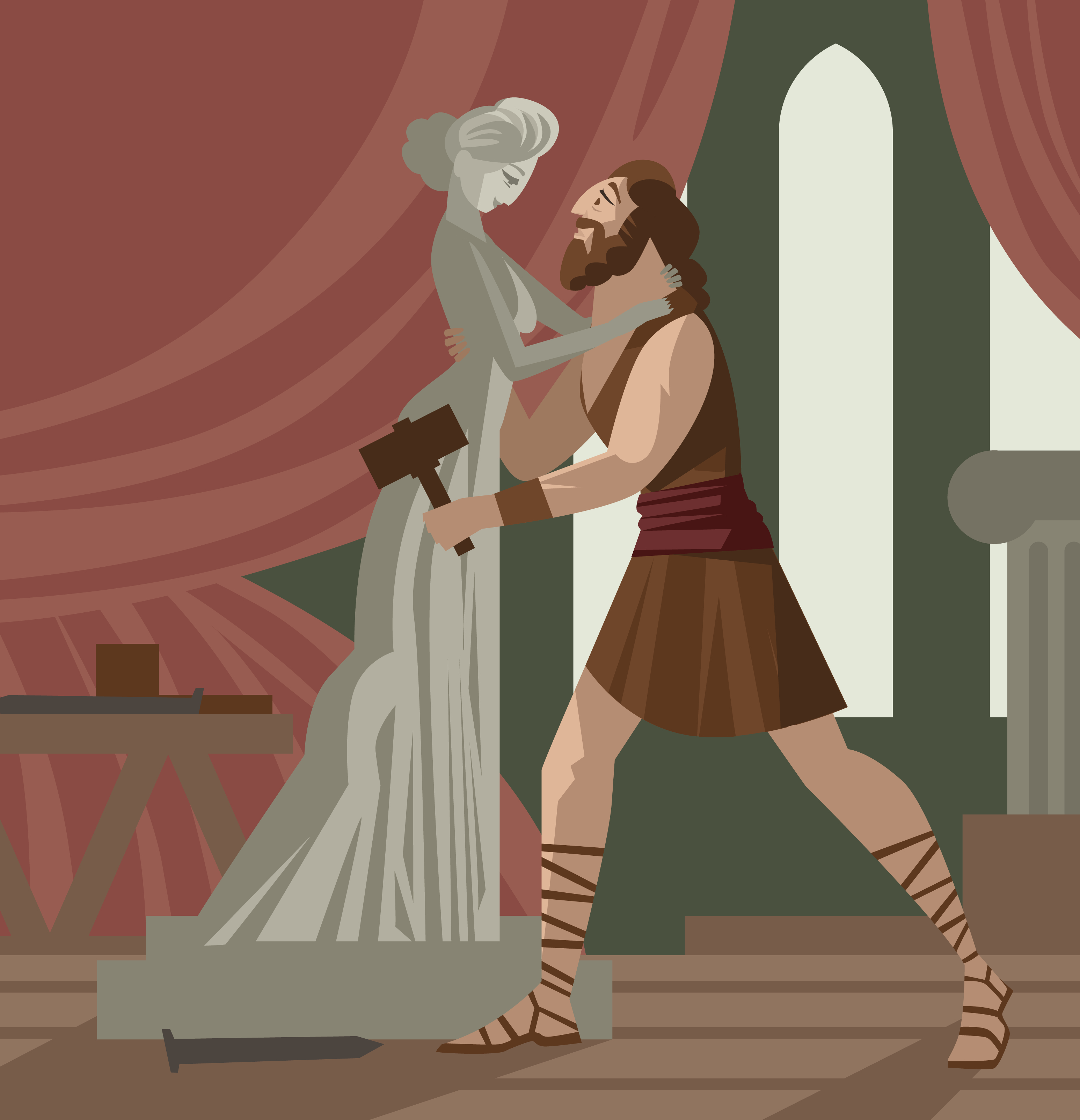
The story of Pygmalion and Galatea has been a significant source of inspiration for artists and writers throughout history, often exploring themes of love, creation, and metamorphosis.
One of the most famous artistic representations is Jean-Léon Gérôme’s painting "Pygmalion and Galatea," which captures the moment the statue begins to come to life under Pygmalion’s touch. Similarly, Rodin’s sculpture "Pygmalion and Galatea" presents a powerful visual of their love, while Étienne Maurice Falconet’s Galatea sculpture embodies the elegance and grace of the newly awakened figure. These artworks reflect the fascination with transformation and devotion that the myth embodies.
In literature, the Pygmalion Greek myth has influenced countless stories. The most famous modern adaptation is George Bernard Shaw’s play "Pygmalion," which was later transformed into the musical "My Fair Lady." These works shift the myth’s focus towards social transformation, portraying the idea that with guidance and belief, a person can change and grow. The central theme remains the same—how perception and expectation shape reality.
Frequently Asked Questions About Pygmalion in Greek Mythology
What does the name Pygmalion mean?
The name Pygmalion is thought to have Phoenician origins, though its exact meaning is unclear. Some scholars suggest it could be linked to the concept of carving or shaping, which would align with his role as a sculptor in Greek mythology.
Why did Pygmalion dislike real women?
According to the myth, Pygmalion hated women because he saw them as flawed or imperfect. Some versions of the story suggest that he was disappointed by the behaviour of the women in his society, leading him to reject the idea of marriage and instead focus on creating his own idealised version of a woman.
Is the Pygmalion story unique to Greek mythology?
While the Pygmalion Greek myth is the most famous version, similar themes appear in other cultures. Stories of creators falling in love with their creations exist in folklore and literature worldwide. The idea of bringing an inanimate object to life through love or artistry has also influenced modern storytelling, including fairy tales like Pinocchio.
What is ironic about Pygmalion’s story?
One of the main ironies of the Pygmalion story is that he set out to avoid women and love, yet he became so obsessed with his creation that he ended up deeply in love. The myth also suggests that perfection, as created by Pygmalion, was ultimately an illusion—Galatea only became real once she was granted life by Aphrodite.
Did Pygmalion’s story have a happy ending?
In most versions of the myth, Pygmalion’s love is rewarded when Aphrodite brings Galatea to life, and they live happily together. However, some interpretations suggest that the story raises questions about love and control—since Galatea was originally created to be his ideal, does she truly have free will?
What is the connection between Pygmalion and My Fair Lady?
The play Pygmalion by George Bernard Shaw is a modern adaptation of the myth. It tells the story of a professor, Henry Higgins, who transforms a working-class woman, Eliza Doolittle, into a refined lady through education and speech training. This play was later adapted into the famous musical My Fair Lady. Unlike the original myth, however, Eliza develops independence, challenging the idea that she must remain shaped by Higgins’ influence.
What is the significance of Pygmalion in modern psychology?
The Pygmalion Effect has had a major influence on psychology, especially in education and leadership. It shows that high expectations lead to better performance, while low expectations can limit success. This psychological principle has been widely studied, showing that belief and encouragement can significantly impact a person’s growth and achievements.
Did Galatea have any powers or divine connections?
Galatea was not a goddess, but because she was brought to life by Aphrodite’s intervention, some versions of the myth suggest she was blessed with beauty and grace beyond that of ordinary women. Unlike many figures in Greek mythology, she was not associated with supernatural abilities but rather with the theme of transformation.
Why is the Pygmalion myth still relevant today?
The story of Pygmalion and Galatea continues to resonate because it explores human desires, artistic creation, and the idea of transformation. Whether in literature, psychology, or even artificial intelligence discussions, the myth raises timeless questions about what it means to shape, control, or bring something to life.
Recommended for you!
Best SellersStudy Greek Mythology for £29
Pygmalion’s myths offer a glimpse into the fascinating complexities of Greek mythology. If you’re captivated by these ancient stories and their modern interpretations, deepen your understanding with our Greek Mythology Diploma Course at Centre of Excellence. This fascinating course offers an in-depth exploration of the myths, legends, and cultural significance of ancient Greece. By enrolling today, you can enjoy a discounted price of just £29.

